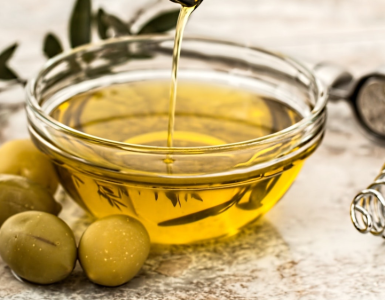Ahmed and his research team published an article in the Asian Journal of Animal and Veterinary Advances addressing a new parotidectomy approach that reduces post-operative complications risk and presented with improved outcomes in Dogs.
The parotid gland is the main gland that produces serous saliva in canine’s. The gland is the dark-colored tissue, which is V-shaped, lying over the auricular cartilage. The team recorded a wide variety of diseases in these canine patients, including Parotid inflammation (sialadenitis), calculus formation(sialolithiasis), mucocele, fistulation, and neoplasia.
Previous evidence highlighted the parotidectomy association with a high risk of numerous post complications in canine patients. Thus, scientists continuously invested efforts to develop new approaches to minimize the risk. Ahmed reported, “ the surgical excision of the parotid gland results in multiple post-operative complications including the facial nerve damage, seromas formation, postoperative hemorrhages, wound dehiscence, and abscessation in dogs.” It was pointed out that the gland’s vital structure is at high risk for damage during surgical sectioning; however, the study employed a new removal technique, which produced no evident complications.
Ahmed discovered “the V-shaped dissection of the fascia over the gland, running down from the base of the ear and extending downward up to 6-7 cm reveals the lobulation and vital structure that enables less traumatizing excision of the gland and reduces the risk of nerve damage.”
Moreover, inserting sterile gelatin sponge in the dead space subsequent to surgery allows exudate or transudate absorption and promotes primary intention healing without any drain space. However, antibiotics are still recommended after the surgical procedure to prevent any infection and post-operative complications.
This study facilitates the researchers and practitioners to discover the novel technique’s critical areas for attaining improved surgical outcomes and minimal postoperative complications.














Add comment